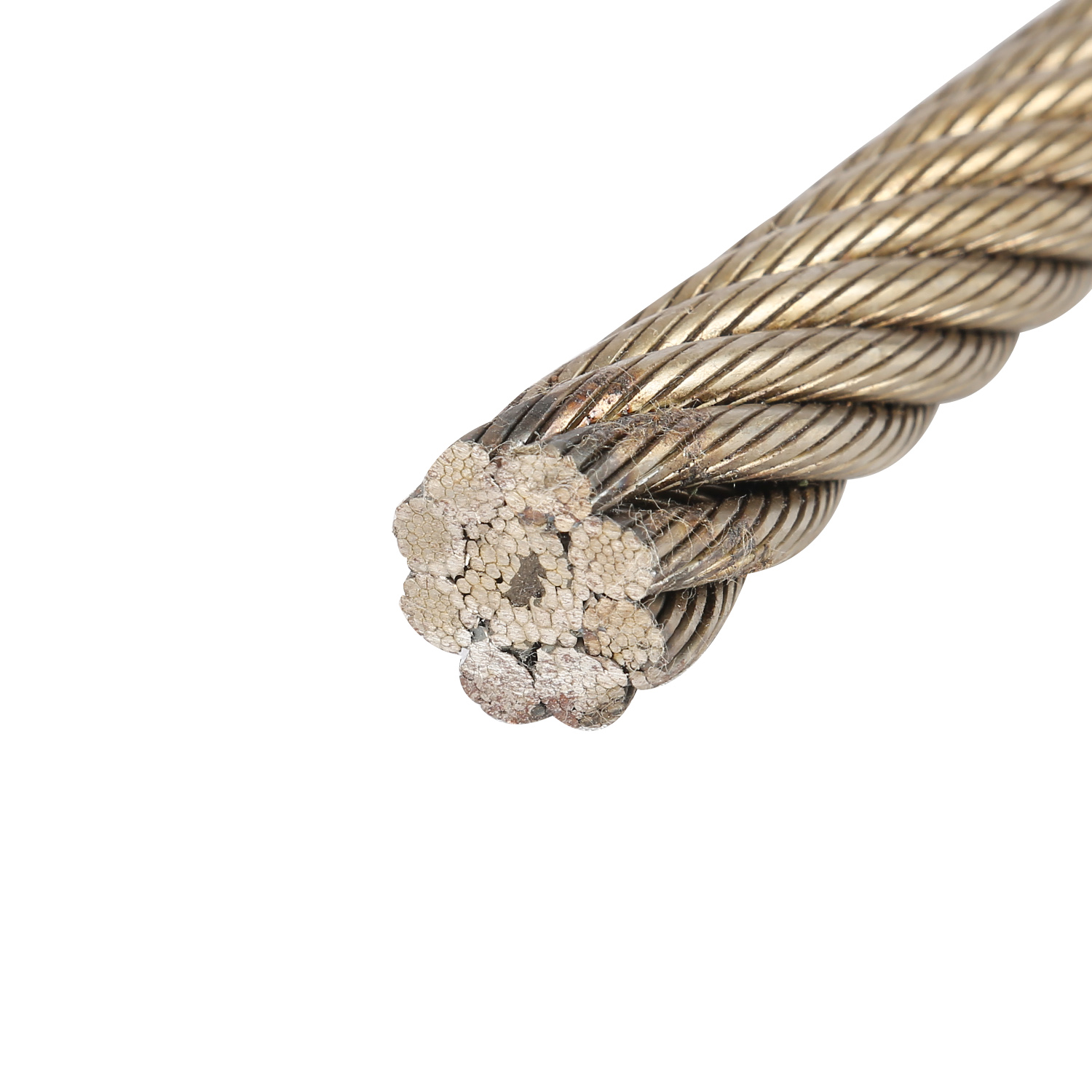Table of Contents
Avantages de l’utilisation de câbles métalliques à haute rigidité dans les projets de construction
Comment mesurer et améliorer la rigidité d’un câble métallique pour des performances maximales
Une autre façon d’améliorer la rigidité du câble métallique consiste à l’entretenir et à l’entretenir correctement. Une inspection et une lubrification régulières du câble métallique peuvent aider à prévenir la corrosion et l’usure, ce qui peut réduire sa rigidité et ses performances au fil du temps. De plus, le remplacement des sections usées ou endommagées du câble métallique peut aider à maintenir sa rigidité et à garantir son fonctionnement en toute sécurité dans diverses applications.
En conclusion, la rigidité du câble métallique est un facteur critique dans les performances et la sécurité des câbles métalliques utilisés dans diverses industries. La mesure de la rigidité du câble métallique au moyen d’essais de flexion et le calcul du module d’élasticité sont essentiels pour déterminer son adéquation à des applications spécifiques et garantir qu’il répond aux normes industrielles. L’amélioration de la rigidité du câble métallique grâce à une sélection, une construction et un entretien appropriés des matériaux est cruciale pour améliorer ses performances et sa longévité. En suivant ces directives, les ingénieurs et les opérateurs peuvent garantir que les câbles métalliques fonctionnent de manière optimale et sûre dans une large gamme d’applications.
Wire Rope stiffness is a critical factor in the performance of wire ropes used in various industries such as construction, mining, and transportation. Stiffness refers to the ability of a wire rope to resist bending and deformation under load, which is essential for maintaining the structural integrity and Safety of the rope. In this article, we will discuss how to measure and improve wire rope stiffness to ensure maximum performance.
Measuring wire rope stiffness is crucial for determining its suitability for specific applications and ensuring that it meets industry standards. One common method of measuring wire rope stiffness is by conducting a bend test. In a bend test, the wire rope is bent around a specified radius, and the force required to achieve a certain degree of bend is measured. This test provides valuable information about the flexibility and stiffness of the wire rope, allowing engineers to assess its performance under different conditions.
Another method of measuring wire rope stiffness is by calculating its modulus of elasticity. The modulus of elasticity is a measure of the wire rope’s ability to resist deformation under load and is an important parameter for determining its stiffness. By measuring the modulus of elasticity, engineers can determine the maximum load that a wire rope can withstand without permanent deformation, helping to ensure the safety and reliability of the rope in various applications.
Improving wire rope stiffness is essential for enhancing its performance and longevity. One way to improve wire rope stiffness is by selecting the right material and construction for the rope. Different materials and constructions have varying Levels of stiffness, so choosing the right combination is crucial for achieving the desired stiffness and performance characteristics. Additionally, using high-quality materials and construction techniques can help improve the overall stiffness and durability of the wire rope.

Another way to improve wire rope stiffness is by proper maintenance and care. Regular inspection and lubrication of the wire rope can help prevent corrosion and wear, which can reduce its stiffness and performance over time. Additionally, replacing worn or damaged sections of the wire rope can help maintain its stiffness and ensure its safe operation in various applications.
In conclusion, wire rope stiffness is a critical factor in the performance and safety of wire ropes used in various industries. Measuring wire rope stiffness through bend tests and calculating the modulus of elasticity is essential for determining its suitability for specific applications and ensuring that it meets industry standards. Improving wire rope stiffness through proper material selection, construction, and maintenance is crucial for enhancing its performance and longevity. By following these guidelines, engineers and operators can ensure that wire ropes perform optimally and safely in a wide range of applications.

